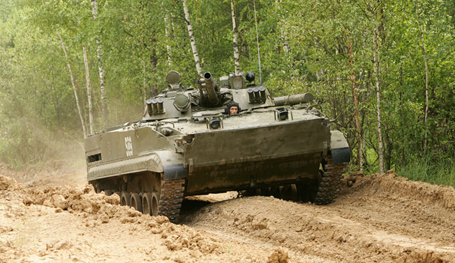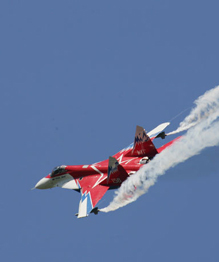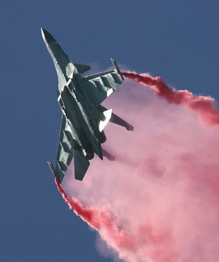THAAD interceptor in action
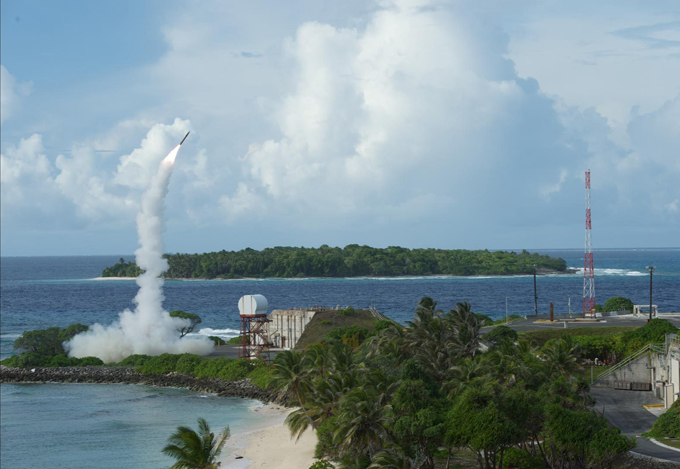
THAAD was developed after the experience of Iraq's Scud missile attacks during the Gulf War in 1991
THAAD was developed after the experience of Iraq's Scud missile attacks during the Gulf War in 1991

The THAAD interceptor carries no warhead, but relies on its kinetic energy of impact to destroy the incoming missile. A kinetic energy hit minimizes the risk of exploding conventional warhead ballistic missiles, and the warhead of nuclear tipped ballistic missiles will not detonate on a kinetic energy hit
The THAAD interceptor carries no warhead, but relies on its kinetic energy of impact to destroy the incoming missile. A kinetic energy hit minimizes the risk of exploding conventional warhead ballistic missiles, and the warhead of nuclear tipped ballistic missiles will not detonate on a kinetic energy hit

Originally a United States Army program, THAAD has come under the umbrella of the Missile Defense Agency. The Navy has a similar program, the sea-based Aegis Ballistic Missile Defense System, which now has a land component as well ("Aegis ashore").
Originally a United States Army program, THAAD has come under the umbrella of the Missile Defense Agency. The Navy has a similar program, the sea-based Aegis Ballistic Missile Defense System, which now has a land component as well ("Aegis ashore").
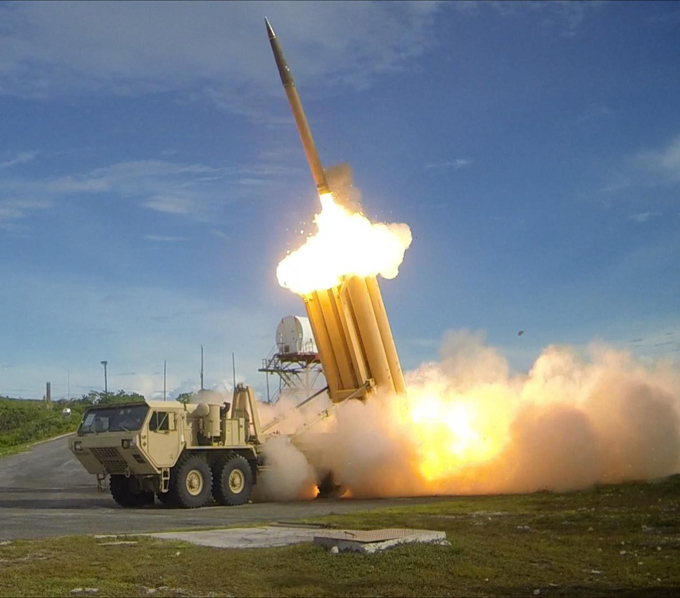
THAAD was originally scheduled for deployment in 2012, but initial deployment took place in May 2008.THAAD has been deployed in the United Arab Emirates, Turkey, and South Korea
THAAD was originally scheduled for deployment in 2012, but initial deployment took place in May 2008.THAAD has been deployed in the United Arab Emirates, Turkey, and South Korea

In May 2017, the Pentagon proposed spending US$7.9 billion in its FY 2018 budget on missile defense which includes THAAD interceptors and Patriot interceptors, along with $1.5 billion for Ground-based Midcourse Defense (GMD) against intercontinental ballistic missiles
In May 2017, the Pentagon proposed spending US$7.9 billion in its FY 2018 budget on missile defense which includes THAAD interceptors and Patriot interceptors, along with $1.5 billion for Ground-based Midcourse Defense (GMD) against intercontinental ballistic missiles
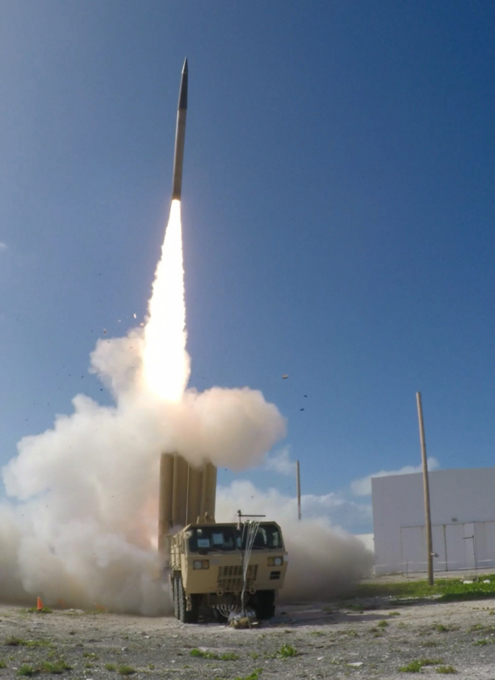
On 17 October 2013, the South Korean military asked the Pentagon to provide information on the THAAD system concerning prices and capabilities as part of efforts to strengthen defenses against North Korean ballistic missiles
On 17 October 2013, the South Korean military asked the Pentagon to provide information on the THAAD system concerning prices and capabilities as part of efforts to strengthen defenses against North Korean ballistic missiles
